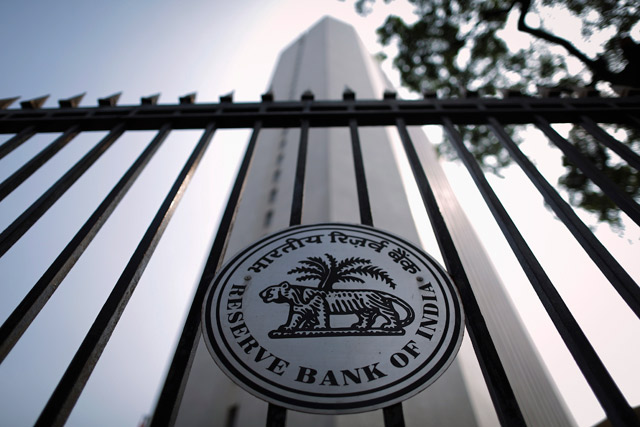The Reserve Bank of India decided to keep key rates on hold, thus opting for a pause on interest rates in its third bi-monthly monetary policy review today. It seems the RBI may not be in a hurry to cut rates to spur growth. Its focus, instead, remains on targeting the 6 percent inflation-gliding path by January 2016.
While Repo rates and CRR remained unchanged, the RBI chose to cut the statutory liquidity ratio (SLR) by 50 basis points to 22%.
SLR is the amount of money that is invested in certain specified securities predominantly central government and state government securities.The proportion of SLR securities that are allowed to be held-to- maturity by banks have also been brought down by 50 basis points to 24% of a bank’s net demand and time liabilities (NDTL).
Reduction in statutory liquidity ratio by 50 bps to 22% of NDTL will approximately release Rs 40,000 crore into the system.The chairman of the State Bank of India, the country’s largest, said that the move would help bring in Rs 6,500 crore in the system for the bank.
And given the government’s fiscal consolidation road map, it means more money/ liquidity for the corporate sector, which is desperately looking to turn around.
What the policy stance means
According to Vidya Bala, Head - Mutual Funds Research, FundsIndia.com, theSLR cut may be viewed as a means to prepare the grounds for the government’s fiscal consolidation targets and also allow banks to manage their balance sheet and their liquidity coverage ratios.
So far banks have not increased their lending to industries as a result of SLR cuts, so in essence today’s cut shouldn’t impact rates either.
“As of May 2014, credit deployment by banks to industries was 12.8% year on year, lower than the 15.3% seen a year ago. This suggests that while the SLR cuts provide room for banks to lend, banks would wait for deployment than act immediately,” said Bala.
The RBI’s cautious statements on the need to achieve the inflation target and its mention of pick up in industry demand suggests that the RBI may not be in a hurry to cut rates even if it sees a dip in inflation.
“In other words, it now appears that the economy is not necessarily waiting for rate cuts to happen in order to grow. In fact, revival in demand sans any rate cut, could mean that any hurried rate cut could even spur inflation. The RBI, therefore, is clearly treading with caution,” added Bala.
RBI has thus signaled that one should not expect any major monetary policy easing for a fairly long period of time.


)
)
)
)
)
)
)
)
)



